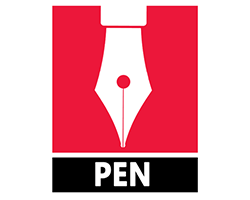Research article | Open Access
International Journal of Innovative Approaches in Agricultural Research 2022, Vol. 6(3) 218-229
Consumers' Preferences for Drinking Water in Istanbul City
pp. 218 - 229 | DOI: https://doi.org/10.29329/ijiaar.2022.475.5
Publish Date: September 30, 2022 | Single/Total View: 90/415 | Single/Total Download: 123/596
Abstract
Water is an indispensable resource for living things to survive. In addition to its direct consumption, water is also used in the preparation of foods necessary for eating and drinking. Therefore, it is extremely important that the water used is drinkable, healthy and safe. The aim of this study is to determine the place of network water as drinking water in consumer preferences. In accordance this purpose, an online questionnaire was prepared with 274 participants from different age groups, including students from Yıldız Technical University (YTU) Department of Environmental Engineering and their relatives and neighbours, including different ages and occupational groups. With this questionnaire, the factors affecting their water preferences and water usage profiles were determined. As a result of the survey, 54.1% of the participants use carboy water, 33.8% use pet bottle water, 12.1% use network water. The criteria that consumers pay attention to in their water preferences are taste, smell, color, cleanliness and the amount of mineral substances in the water, respectively. The reasons for preferring the carboy water, which is preferred by the majority, are that they find the carboy water cleaner and safer and that it tastes better. On the other hand, participants who preferred tap water stated that 33.3% of them preferred this water because its clean and reliable properties, 33.3% of it was affordable and 22.2% of it was easily accessible. When the degree of trust in the network water was questioned, 12.2% of the participants said that they found the network water safe, 40.5% did not find it safe and 47.3% said they were not sure. In addition, when the participants ranked carboy water, pet bottle water and network water according to the degree of reliability, the network water was found to be reliable with a large rate of 89.2%. 35.1% of the respondents stated that they would prefer to drink tap water if the Water Administration periodically discloses their water quality reports and indicates that the network water is clean enough
Keywords: Network water, Water usage profile, Mineral matter, Reliability degree
| How to Cite this Article? |
|---|
|
APA 7th edition Harvard Chicago 16th edition |
| References |
|---|
|

